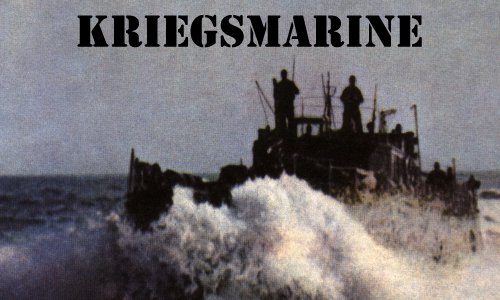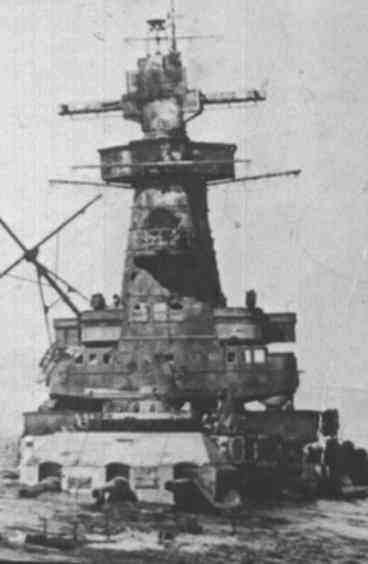| Click on one of the thumbnails below to view the full picture. |
 |
Technical data and/or diagram of Deutschland class pocket battleships. |
 |
Admiral Graf Spee on the high seas. |
 |
Another view of Admiral Graf Spee. |
 |
Admiral Graf Spee, notice the different top on the bridge. |
 |
Admiral Graf Spee burning and breaking up shortly after the explosive charges were set off. |
 |
The charred Admiral Graf Spee settling on the shallow seabed. |





